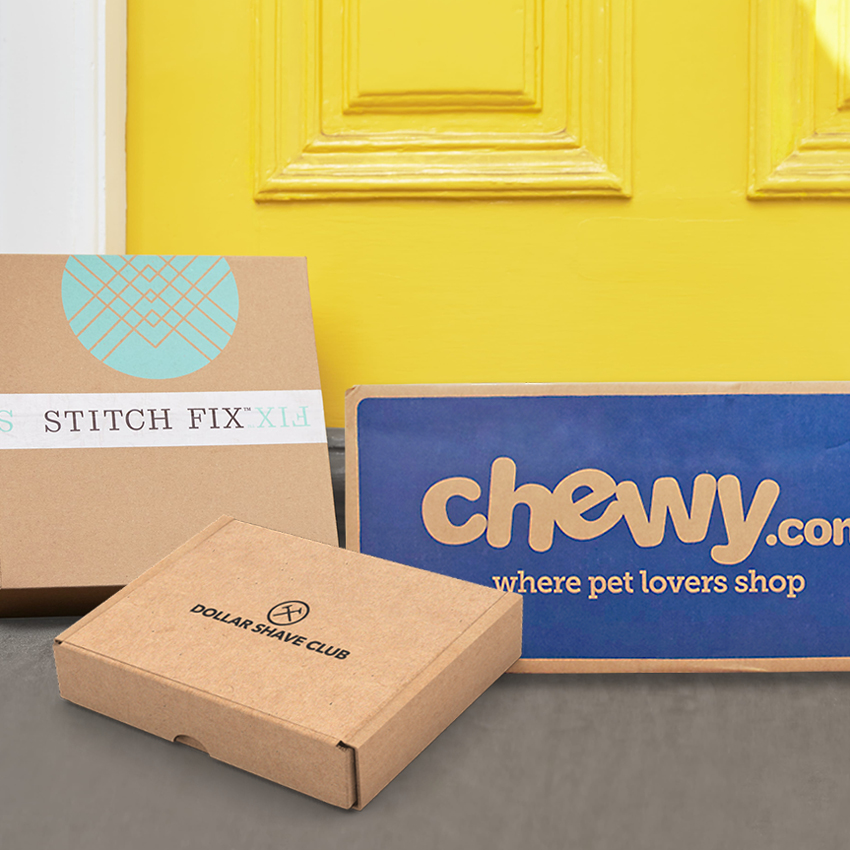In 2016 I wrote an article titled, Personalization The Next and Biggest Thing. The opening lines were \”Bring it to me, just for me, new, now & more often.\” Pay attention to this advice. And now listen with great attention to what I\’m about to say. The bar has been fundamentally raised on consumers\’ expectations in this transformational decade. Not incrementally raised, it\’s been raised to a level that will require fundamental leaps forward in what you must do to meet those expectations.
Just for Me
You must relentlessly pursue the personalization of products, brands, services and experiences for each and every one of your customers. Those who do will be big winners. Those who do not will be lucky to survive. And now, in the season of Covid, these consumer demands are simply accelerating what was slowly evolving prior to its onslaught.
Inherent in the consumer demand, \”bring it to me, just for me, new, now and more often,\” is that the product or service must be personalized and fresh each time, precisely when customers want it and where they want it, over and over again.
While traditional retailing is more about product focus, the subscription model is all about relationship building. Therefore, it’s less about new consumer acquisitions and more on gaining customer loyalty through a highly personalized relationship.
I must also emphasize the distribution aspect of these demands. \”Bring it to me,\” literally means what it says and figuratively means if not to their front door then wherever they are, (including delivery of online purchases and subscription boxes); or in stores close to where they live or for pick-up. In other words, convenience, speed, and the delightful experience of a personal relationship defines value that will stick with these consumers following the defeat of the virus. And honestly, this should have been the default practice even pre-Covid.
Subscriptions: You Get What You Pay For
There are two types of retail subscription models: those for replenishment/essentials, the other for discovery (separate from entertainment and communications such as video conferencing). And in short, if (and it\’s a big IF) either of these models are executed correctly, they are a quintessential personalized DTC distribution channel delivering all of the above-mentioned consumer expectations. However, there is an important distinction between the two types of subscriptions, even though both satisfy the expectations of their consumers.
- For replenishment, like Dollar Shave Club or Chewy\’s autoship pet food, you don\’t have to be concerned about when you will run out of blades or food. Even better, you don\’t have to waste time going to a store – big friction point.
- With the discovery model, like Stitch Fix, it\’s the exciting anticipation that you are going to get something new on a scheduled basis. Expecting a surprise from people who personally know you, understand your psyche and what you most desire is a winning proposition. It also eliminates the time, anxiety and frustration factors of shopping the overwhelming \”paradox of choice\” product selection. On the other hand, the discovery model is very costly for the brand/retailer, both for delivery and taking back returns.
The big \”IF executed correctly\” applies more to the discovery model. The depth and understanding of personal data required up front in the discovery engagement process is critical. It involves more than AI and algorithms to analyze the personal profile filled out by the consumer. It requires an extreme customer empathy by the product creator and final curator, who must become the individual consumer\’s best and trusted friend. It also depends on continuous communications with the customer and great agility to pivot to his or her changing desires. IF this process is implemented correctly, along with the DTC distribution model, it\’s a home run.
Relationship vs. Product Focus
While traditional retailing is more about product focus, the subscription model is all about relationship building. Therefore, it\’s less about new consumer acquisitions and more on gaining customer loyalty through a highly personalized relationship. With a personal relationship based on trust, subscription businesses can expand their offerings and to add value in other ways, such as personal stylists, promotions, and gifts, etc. Traditional retailers have known forever that their loyal consumers are two to three times more profitable as those newly acquired. The loyalists will engage more often and will spend more time and money for such a personal relationship. Subscription is built on loyal, repeat customers that are profitable.
Pre and Post Covid-19
The recent pre-pandemic market for subscription services since the launch of Birchbox in 2010, then Dollar Shave Club and Stitch Fix in 2011, followed by an expansion of mass merchants like Amazon and Target, was growing by double digits across both the replenishment/essential and discovery product models. McKinsey estimated the market size in 2019 to be $15 billion, and according to Clutch, a BTB ratings and review company, 54 percent of consumers use a subscription service. So, while a $15 billion market is chump change compared to Amazon\’s 2019 revenue alone (at over $280 billion), the sector is growing at a rapid clip. According to Zuora, an enterprise software company, 88.6 percent of subscription-based businesses were either flat or growing during the start of the pandemic, with 22.5 percent reporting that memberships accelerated during the period. Obviously, those replenishment or essential models realized greater growth than the discovery offerings during the pandemic\’s initial impact on shutting down the economy and people working from home.
For example, the entire apparel category tanked in June with a 25 percent drop from last year, and this followed a 63.7 percent crash in May and 89 percent in April, according to the Department of Commerce. Subscription model, Stitch Fix, reported slow growth in its Q3, rising 9 percent to 3.4 million users from the year-ago period, compared to a 17 percent year-over-year growth in Q2. In Q2, the number of active clients totaled 3.5 million, dropping to 3.4 million in Q3, and a $34 million loss.
On the other hand, the Chewy\’s autoship replenishment/essentials subscription brand had an increase of active users of 32.6 percent YOY to 15 million. This compared to the quarter prior to the pandemic of an increase of 27.2 percent of active users, rising to 13.5 million.
Subscription Forever
The growth of the two different models (even with slower growth in the discovery or discretionary sector) would suggest that the subscription business will survive Covid and will likely snap back to its pre-pandemic rapid growth trajectory.
However, don\’t forget the big \”IF.\” Only IF your brand resonates with the personal DNA of each customer, and empathetically responds to their wishes and expectations — like becoming their trusted best friend — only then will the model be successful as the quintessential DTC retail business. It\’s personalization: the next, biggest and forever thing in retail.





